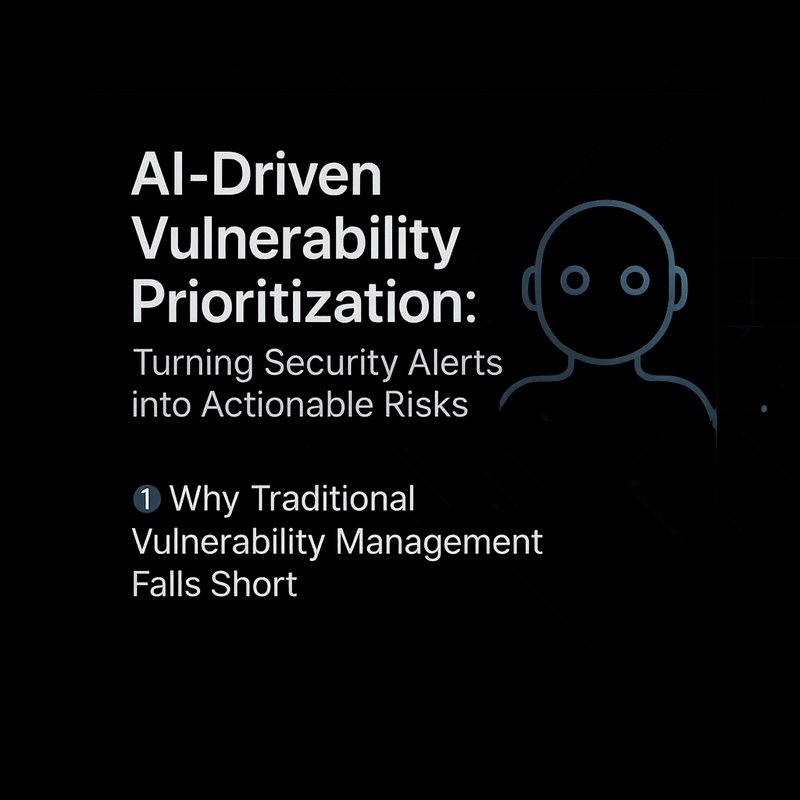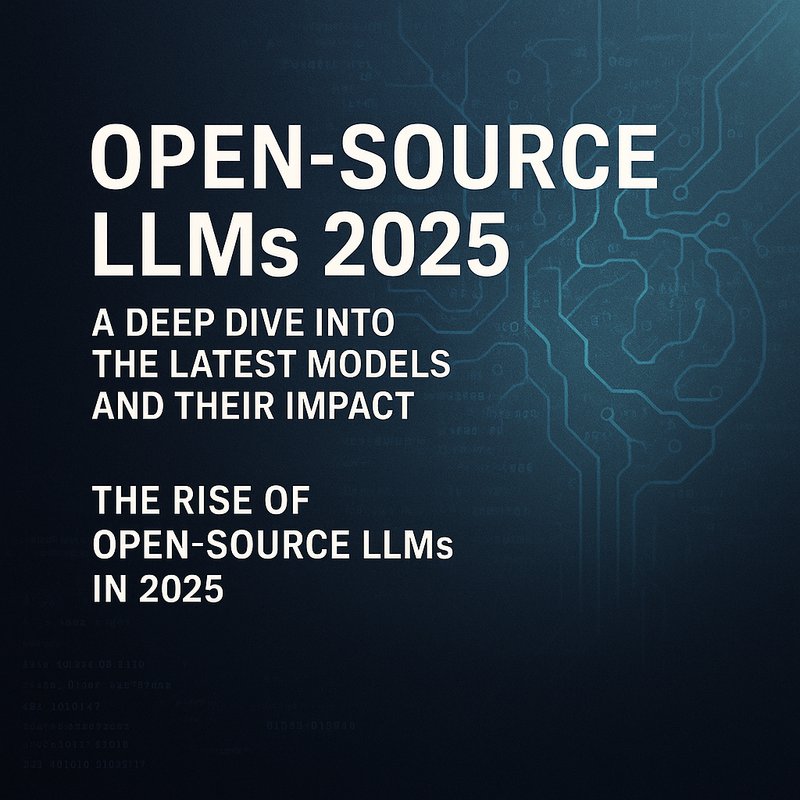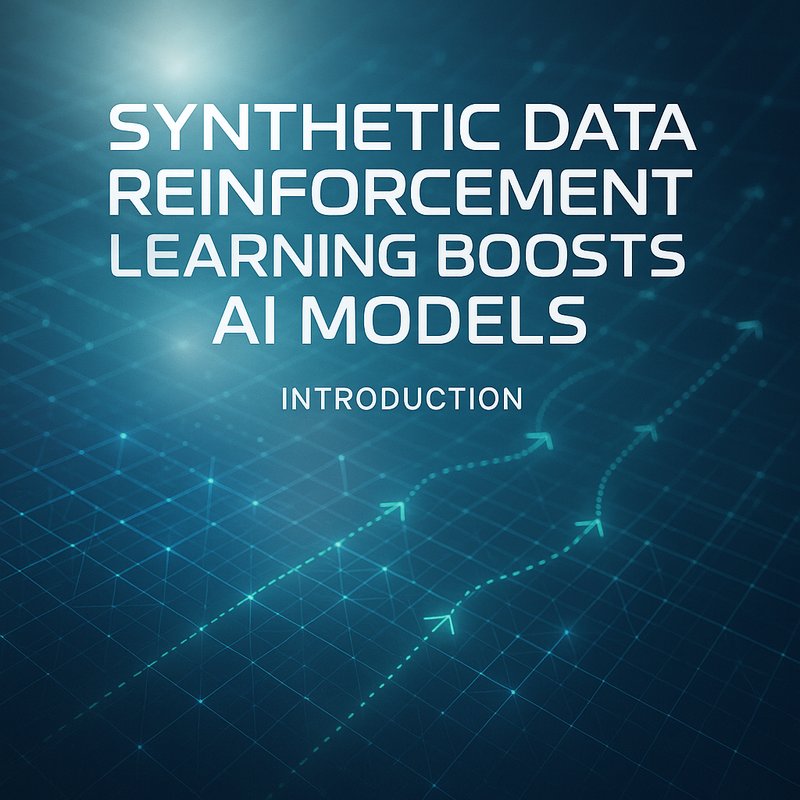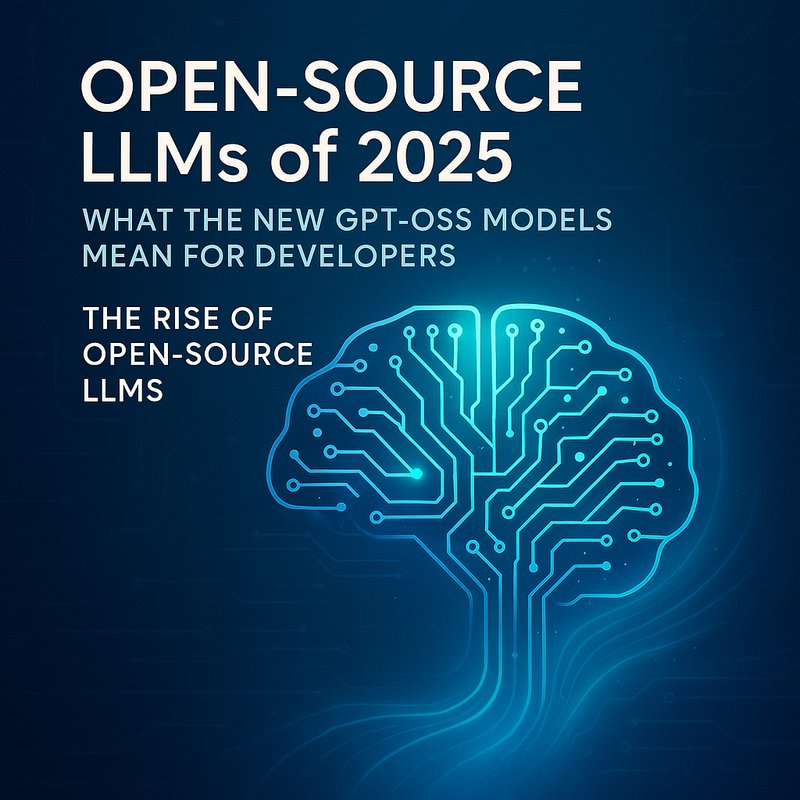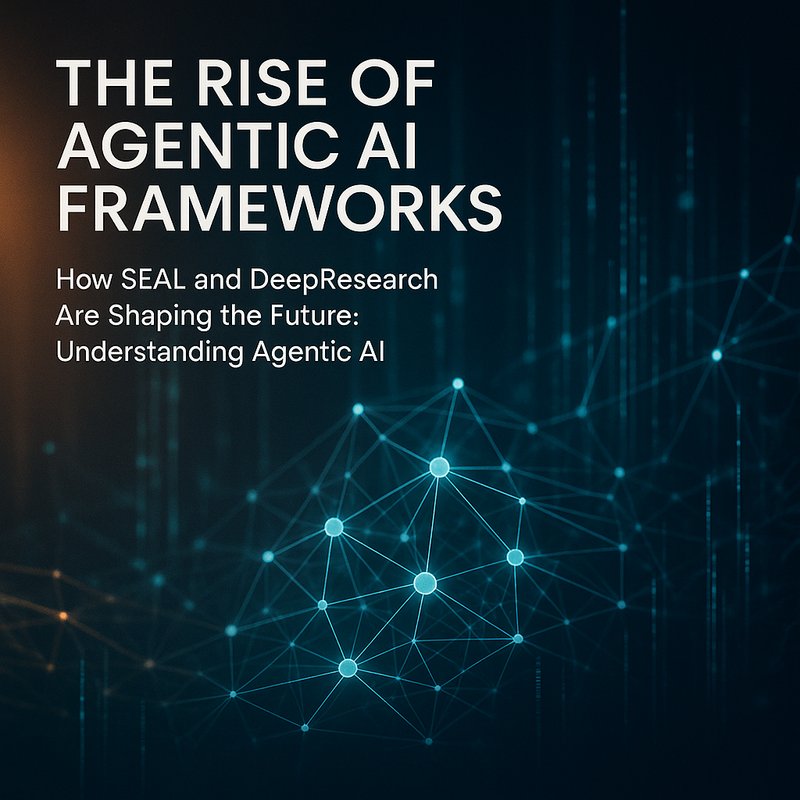AI-Driven Vulnerability Prioritization is the future of security operations.
AI-Driven Vulnerability Prioritization transforms raw findings into actionable risk scores.
With AI-Driven Vulnerability Prioritization, teams can focus on high-impact risks.
AI-Driven Vulnerability Prioritization uses machine learning to rank vulnerabilities.
By adopting AI-Driven Vulnerability Prioritization, organizations save time.
1️⃣ Why Traditional Vulnerability Management Falls Short
Security teams today juggle thousands of alerts each week.
Manual triage is slow, and the human eye can miss the most dangerous issues.
Because every patch request looks the same on paper, prioritizing them becomes a guessing game.
Organizations end up patching low‑impact bugs while high‑ flaws linger.
The result is wasted effort, higher risk exposure, and a backlog that grows overnight.
2️⃣ The Rise of AI‑Driven Vulnerability Prioritization
AI‑Driven Vulnerability Prioritization turns that chaos into clarity.
By feeding vulnerability data into machine‑learning models, you can predict:
- Exploitability – how likely a flaw can be turned into an attack vector.
- Impact – how much damage the flaw could cause if exploited.
- Relevance – how critical the affected asset is to business operations.
These scores help security teams decide which patches to roll out first, where to allocate limited resources, and how to reduce risk faster.
2.1 Core Elements of the AI Pipeline
| Step | What It Does | Typical Tools | Why It Matters |
|---|---|---|---|
| Data Collection | Pulls CVE data, host inventory, and patch status | Nessus, OpenVAS, Qualys | Provides the raw facts for scoring |
| Feature Engineering | Computes exploitability, CVSS, business context | Custom Python, Pandas | Turns numbers into meaningful attributes |
| Model Training | Builds a ranking or classification model | XGBoost, LightGBM, scikit‑learn | Learns patterns from historical data |
| Score Generation | Produces a priority score for each vulnerability | Model inference API | Gives actionable output |
| Visualization & Action | Shows top‑10 list in dashboards, feeds SOAR | PowerBI, Grafana, Cortex XSOAR | Enables fast decision making |
3️⃣ Building the AI‑Driven Prioritization Model
Below is a pragmatic guide to create your own scoring system, starting from a free open‑source scanner up to a production‑ready API.
3.1 Step 1 – Gather Vulnerability Data
- Run a comprehensive scan – Use a tool like OpenVAS or the free Neura Keyguard scanner.
- Export the results in JSON or CSV.
- Collect asset metadata – Operating system, role, criticality, exposed ports.
Tip: Store all data in a single PostgreSQL database so the model can pull it easily.
3.2 Step 2 – Enrich with Context
- Assign CVSS scores – Use the official CVSS v3.1 calculator.
- Add exploit history – Check ExploitDB or the National Vulnerability Database.
- Map to business impact – Link each host to a business unit or service level.
By feeding the model both technical and business data, you get risk scores that matter to the organization.
3.3 Step 3 – Train the Ranking Model
- Label a training set – Mark which vulnerabilities were actually exploited in past incidents.
- Choose a model – XGBoost is a good start; it handles missing values and nonlinearities.
- Feature‑select – Keep the most predictive features to avoid overfitting.
- Validate – Use k‑fold cross‑validation to confirm performance.
A good model will output a score between 0 and 1, with higher numbers indicating higher priority.
3.4 Step 4 – Deploy the Scoring Service
- Wrap the model in a lightweight REST API using FastAPI.
- Host the service in a Docker container for portability.
- Expose an endpoint
/scorethat accepts a vulnerability ID and returns a priority.
This API can be called by dashboards or by your SOAR platform to trigger playbooks automatically.
3.5 Step 5 – Integrate with Security Operations
- Dashboard – Build a simple web page that lists vulnerabilities sorted by score.
- SOAR – Connect the API to Cortex XSOAR or any SOAR that supports webhooks.
- Notification – Send alerts to Slack or Teams when a high‑score issue appears.
With these integrations, the security team receives the right information at the right time.

4️⃣ Real‑World Example: A Mid‑Size E‑Commerce Company
An online retailer with 5,000 hosts ran an OpenVAS scan and fed the findings into an AI‑Driven Vulnerability Prioritization model.
- The model identified the top 20 vulnerabilities that would have caused the biggest revenue loss if exploited.
- The IT team patched those 20 items within three days, instead of the usual 30 days for all critical CVEs.
- Their overall risk exposure dropped from 4.5 % to 1.2 %.
The same model is now part of their quarterly risk review, saving about 150 hours of analyst effort each cycle.
5️⃣ Benefits of AI‑Driven Vulnerability Prioritization
- Speed – Instant ranking reduces manual triage time.
- Accuracy – Data‑driven scores reflect real threat likelihood.
- Resource Focus – Patching teams tackle the most valuable fixes first.
- Compliance – Regulators love evidence that you’re prioritizing based on risk.
- Visibility – Dashboards give executives a clear view of exposure.
6️⃣ Common Pitfalls and How to Avoid Them
| Pitfall | Why It Happens | Fix |
|---|---|---|
| Overfitting | Model trained on too small a set | Use cross‑validation and keep a hold‑out dataset |
| Data Silos | Asset info lives in different systems | Centralize data in a single repository |
| Score Drift | Threat landscape changes over time | Retrain monthly and monitor performance |
| Misaligned Metrics | CVSS alone is not enough | Add business context and exploitability |
| Tool Overreliance | Relying on one scanner | Run multiple scanners to increase coverage |
7️⃣ Integrating with Neura AI Ecosystem
If you’re already using Neura AI products, you can plug the scoring service directly into the platform:
- Use Neura Artifacto to collect scan logs and push them to your database.
- Deploy the scoring API on Neura ACE so it can auto‑generate dashboards.
- Let Neura Web surface the priority list in a user‑friendly web widget.
This tight integration keeps everything in one place, reducing data movement and improving accuracy.
8️⃣ Scaling the Solution
When you expand to thousands of hosts or multiple environments, consider these scaling tricks:
- Batch Processing – Run the model in chunks to avoid memory spikes.
- Micro‑services – Deploy separate services for data ingestion, training, and inference.
- GPU Acceleration – For larger models, use a GPU server for faster inference.
- Feature Stores – Cache computed features to speed up retraining.
With these measures, you can handle millions of vulnerability records without breaking a sweat.
9️⃣ Future Directions
- Explainable AI – Generate human‑readable explanations for each score.
- Continuous Learning – Feed real‑time patching outcomes back into the model.
- Cross‑Domain Prioritization – Combine vulnerability data with threat intelligence feeds.
- Policy‑Based Scoring – Allow organizations to adjust weights per business rule.
Adopting these advances will keep your risk management ahead of attackers.
🔟 Quick Checklist to Get Started
| Item | Action |
|---|---|
| Choose a scanner | OpenVAS, Neura Keyguard, or similar |
| Set up data store | PostgreSQL or Azure SQL |
| Build feature set | CVSS, exploit history, asset criticality |
| Train a model | XGBoost or LightGBM |
| Deploy API | FastAPI in Docker |
| Create dashboard | Grafana or Neura Artifacto |
| Integrate with SOAR | XSOAR webhook |
| Monitor drift | Monthly retraining |
| Review & iterate | Quarterly risk reviews |
For more in‑depth guidance, visit our case studies or explore the full product lineup at https://meetneura.ai/products.
Conclusion
AI‑Driven Vulnerability Prioritization gives security teams the clarity they need to act quickly and effectively. By moving from a “patch‑everything” mindset to a data‑driven approach, you reduce risk exposure, save analyst hours, and satisfy compliance demands. Start small, iterate fast, and let the data guide your decisions.
